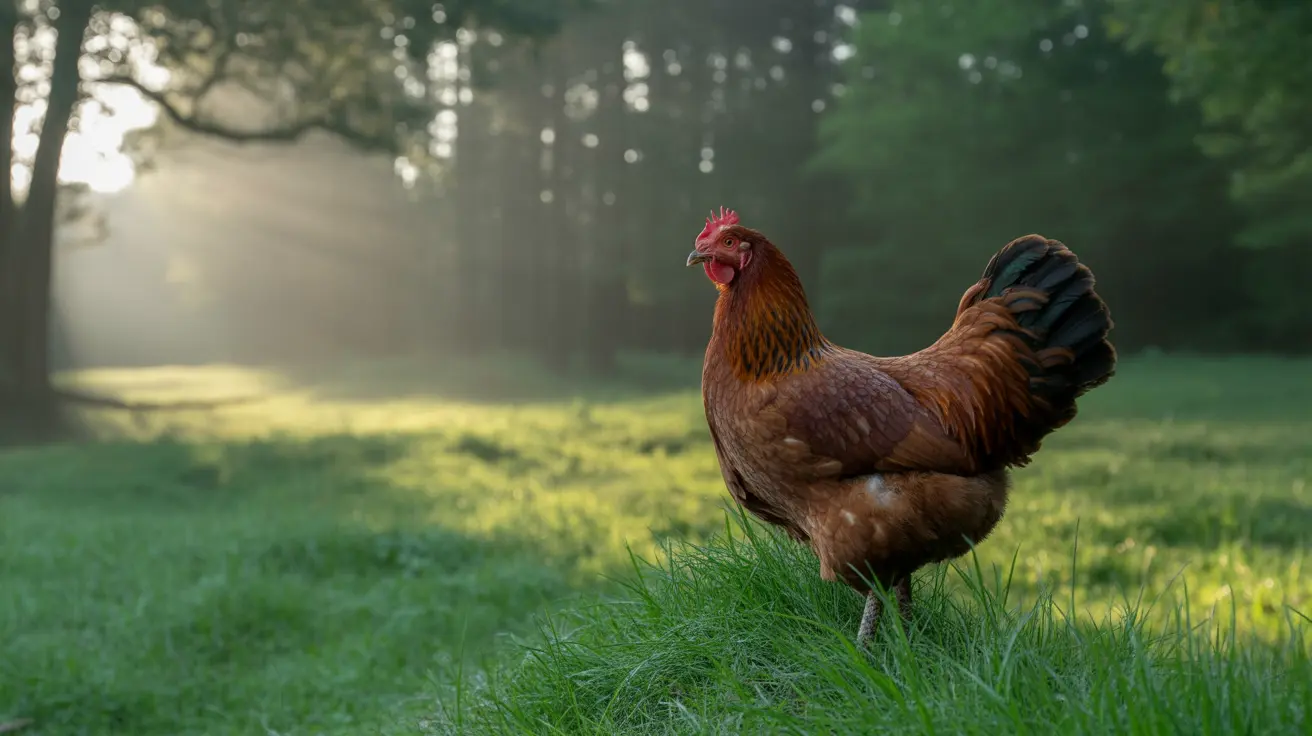A recent letter to the editor in the Los Angeles Times has reignited an important debate about animal release survival rates and the complex ethics surrounding wildlife rehabilitation versus animal rights activism. The discussion centers on a fundamental question that many pet owners and animal advocates grapple with: when is releasing an animal into the wild truly helping, and when does it cause more harm than good?
The letter writer argues that animal rights activists should shift their focus from releasing domestic animals that cannot survive in the wild to protecting endangered species in their natural habitats. This perspective highlights a critical gap in understanding between good intentions and effective conservation practices that every pet owner should understand.
Understanding Domestic Animals in the Wild
The reality of domestic animals in the wild is sobering. Animals like chickens, rabbits, and other domesticated species have been bred for thousands of years to depend on human care. Unlike their wild counterparts, these animals lack essential survival instincts, foraging skills, and predator awareness necessary for independent survival.
When domestic animals are released into natural environments, they face immediate threats including starvation, predation, exposure to diseases, and harsh weather conditions. Studies consistently show that the vast majority of released domestic animals die within weeks or months of their release, often suffering considerably before death.
Additionally, released domestic animals can disrupt local ecosystems by competing with native wildlife for resources, spreading diseases, or becoming invasive species that damage delicate ecological balances.
Soft-Release Method Wildlife: A More Effective Approach
Professional wildlife rehabilitators employ the soft-release method wildlife programs when returning truly wild animals to their natural habitats. This gradual process involves several stages of preparation that domestic animals simply cannot undergo successfully.
The soft-release approach includes acclimating animals to their release environment, ensuring they possess necessary hunting and foraging skills, and monitoring their progress after release. This method works best with wild-born animals who retain their natural instincts, particularly younger animals aged 1-2 years who demonstrate greater adaptability.
However, even with these careful protocols, wildlife rehabilitation success rates vary significantly depending on the species, individual circumstances, and environmental factors at the release site.
When Sanctuary Care for Injured Animals Is the Ethical Choice
Sometimes the most compassionate option is sanctuary care for injured animals rather than release. Animals with permanent disabilities, chronic illnesses, or those who have imprinted on humans often cannot survive independently in the wild.
Professional sanctuaries provide lifetime care for animals who cannot be safely released, ensuring their welfare while acknowledging their limitations. This approach recognizes that forcing an animal into a situation where it will suffer or die is not truly compassionate, regardless of philosophical beliefs about freedom.
The key is honest assessment of each animal's capabilities and needs rather than imposing human concepts of freedom that may not align with the animal's best interests.
Conservation and Animal Welfare Conflict: Finding Balance
The tension between conservation and animal welfare conflict often arises from different philosophical approaches to helping animals. Animal welfare focuses on individual animal suffering and well-being, while conservation prioritizes species survival and ecosystem health.
Effective animal advocacy requires understanding both perspectives and finding solutions that minimize individual suffering while supporting broader conservation goals. This might mean supporting habitat protection initiatives, responsible breeding programs, and evidence-based wildlife management practices.
Rather than releasing animals unlikely to survive, advocates can channel their passion into protecting wild endangered species, supporting habitat restoration, and educating the public about responsible pet ownership to prevent abandonment in the first place.
Moving Forward: Ethical Animal Release Practices
The path forward requires honest evaluation of our motivations and methods. True animal advocacy means making decisions based on scientific evidence and animal welfare rather than human emotions or philosophical ideals that may not serve the animals' best interests.
Pet owners can contribute by supporting legitimate wildlife rehabilitation centers, choosing pets responsibly, and never abandoning domestic animals in wild areas. When we encounter injured wildlife, contacting professional rehabilitators ensures animals receive appropriate care and evaluation for potential release.
Frequently Asked Questions
Why is releasing domesticated animals like chickens into the wild often unsuccessful or harmful?
Domestic animals such as chickens usually lack essential survival skills and instincts needed in the wild, resulting in high mortality rates and possible ecological disruption when released.
What factors increase the success rates of rewilding or releasing rehabilitated wild animals?
Success is higher with soft-release methods that acclimate animals to their environment, releasing younger animals (ages 1-2) with greater adaptability, and when animals are wild-born rather than captive-bred.
When is sanctuary care preferred over releasing an animal back into the wild?
Sanctuary care is ethical and necessary for animals with permanent injuries, chronic illness, imprinting on humans, or insufficient survival skills that would cause suffering or death if released.
How do conservationists balance animal welfare concerns with the need to protect wild populations?
Conservation focuses on species and ecosystem health often accepting difficult management actions for the greater good, while animal welfare emphasizes individual well-being; integrated approaches seek to minimize suffering while ensuring ecological stability.
What roles do captive breeding and zoo programs play in wildlife conservation and rewilding efforts?
Captive breeding contributes to some conservation releases but represents a minority of programs (about 14% of species translocated from zoos), with success generally lower than wild-born individuals; these programs support endangered species recovery but are not a replacement for habitat protection.






